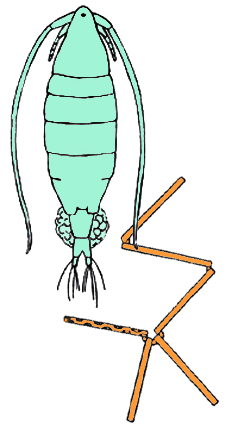“Ring the bells that still can ring
Forget your perfect offering
There is a crack, a crack in everything
That’s how the light gets in.”
Leonard Cohen
Two posts ago, I had just left the boat and had just arrived home. Home was Pittsburgh, New York and Georgia, which is to say that arriving home was no simple feat, and is still, in a way, happening.
In an attempt to think things through and hear some type of inner voice (and also, quite frankly, to absorb a portion of the sudden homelessness I was experiencing), I did a work-stay at a retreat center in upstate NY. The first snow of the winter came the day after I arrived, and I spent my time there shoveling snow as an “active meditation”. Between shoveling shifts, us workers could attend the meditation and mealtime activities, and co-mingle with the visitors, staff and full-time devotees. I was an interloper, just blending in, and I sat my cafeteria tray down in the rustic dining hall to a new group of stranger-comrades every day.
If there is one thing I can do, it is strike up a conversation with a stranger. It’s really just as easy as asking a question and then letting the other person answer for awhile. One evening I asked a dinner companion about his jacket – it was a heavily embroidered denim coat, tidy but also heavily worked, practically rendered. My hands drifted to my knees, feeling the satin patches on my jeans, stitched and re-stiched over the years with golden thread.
He appreciated my noticing the coat – “It’s visible repair!”, we said in unison. I showed him my jeans.
Visible repair is what you do when you are too stingy or nostalgic to let your belongings die of natural causes. On the boat, we were both. In Japan, sashiko embroidery in the style of high-contrast “little stabs” is used for boro, the patching up of tattered but valued material. On the Indian subcontinent, saris are recycled into blankets and cushions through kantha. Closer to home, industrious folx convert favorite scraps into quilts. His jacket was a calico denim blazer, in the sashiko-boro style. I remember the texture, as I ran my hand down the sleeve.




Your favorite soup bowl, accidentally dropped, may be repaired with gold powder, the walls around you with mosaic, colorful plastic blocks, or a lovely hunk of nature within reach. Accidents and erosion become the opportunity for artful care-taking.
So much of me right now is under repair. Sometimes I don’t know if there is enough textile for the stitches to bite. How much of me is me vs. the repair? Will I come out rough or smooth? In the groggy meanwhile I float above the operating table, hoping for this extended surgical procedure to take. If there is any lesson from my time under fiberglass, it is that everything is fixable.
